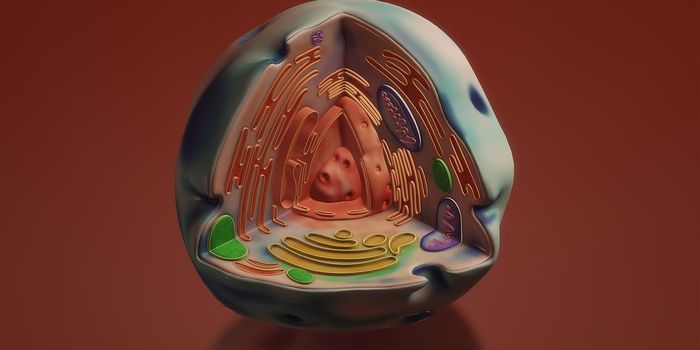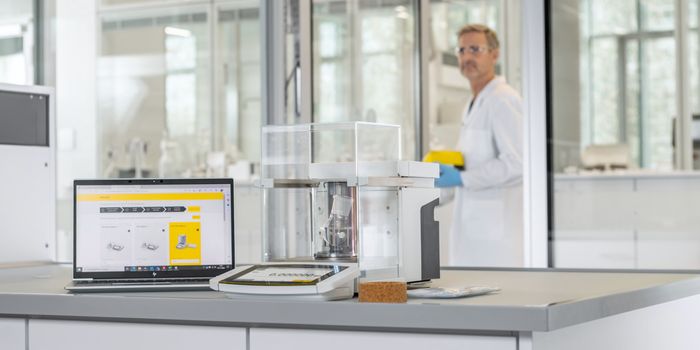A cranberry a day keeps the doctor away. McGill University researchers found that cranberry extract helped slow the spread of a bacterial infection in fruit flies.
The group, led by Eric Déziel and Nathalie Tufenkji, knew that proanthocyanidins (PCAs) found in cranberries have antimicrobial properties. Their most recent work shows that PACs work by keeping bacteria from effectively communicating with each other, diminishing their virulence. "This means that cranberries could be part of the arsenal used to manage infections and potentially minimize the dependence on antibiotics for the global public”, says Tufenkji.
They found that treating cultures of Pseudomonas aeruginosa with cerPAC (cranberry extract rich in proanthocyanidins) decreased the activity of key virulence factors. Specifically, cerPAC decreased the activity of LasA (staphylolytic protease), LasB (elastase), and AprA (alkaline protease), but bacterial growth was not affected.
Next, they determined if cerPAC affected the survival of fruit flies infected with P. aeruginosa. The researchers infected fruit flies with P. aeruginosa and then treated them with cerPAC. The cerPAC treatment increased survival from 168 hours (without cerPAC) to 240 hours.
So, what does this cranberry extract actually do to the bacteria? Quorum sensing, a process that bacteria use to sense environmental changes and communicate with their neighbors, helps regulate many virulence factors for P. aeruginosa. With this in mind, the group hypothesized that cerPAC interferes with some aspect of quorum sensing. Indeed, they found that cerPAC decreased the production of two of P. aeruginosa’s quorum sensing molecules, 3-oxo-C12-HSL and C4-HSL.
According to Déziel, "cranberry PACs interrupt the ability for bacteria to communicate with each other, spread, and become virulent - a process known as quorum sensing. The cranberry extract successfully interferes with the chain of events associated with the spread and severity of chronic bacterial infections."
Cranberry extract doesn’t just affect P. aeruginosa. The group showed that cerPAC inhibited quorum sensing in two other species, Burkholderia ambifaria and Chromobacterium violaceum. In this case, cerPAC interferes with the production of the quorum sensing molecules C8-HSL and C6-HSL, respectively.



















































